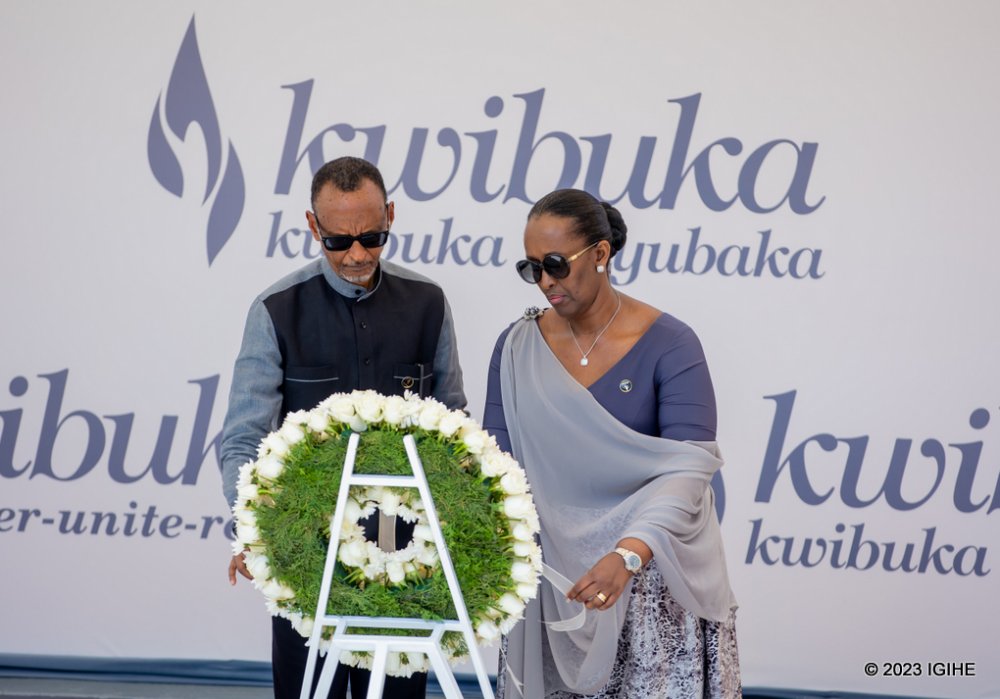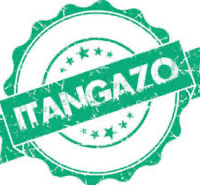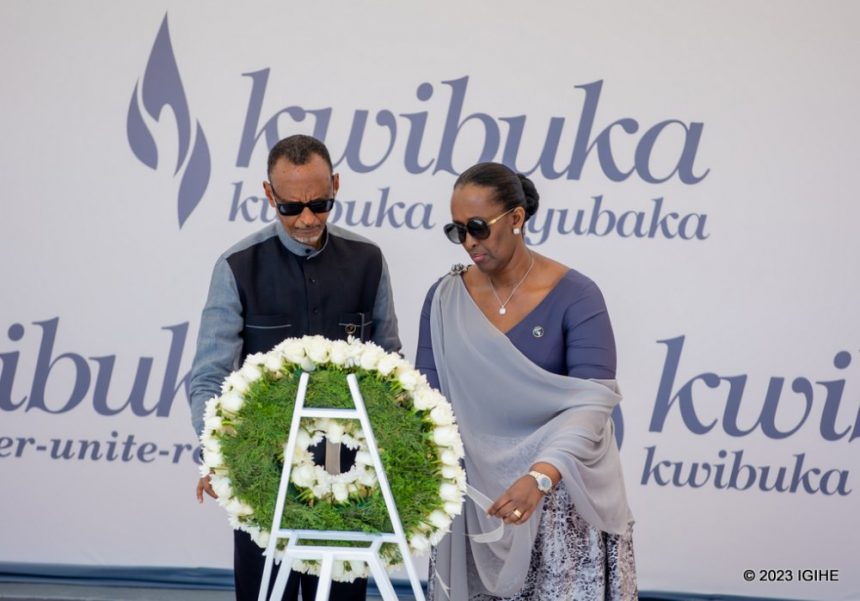
On April 7, 1994, Rwanda‘s former government executed its long-planned extermination of the Tutsi. More than a million people were murdered within 100 days.
The army, Interahamwe and Impuzamugambi militias as well as the presidential guard units began to set up roadblocks in many parts of Kigali, killing Tutsi especially in the localities of Kacyiru and Kimihurura.
The massacres quickly spread all over the country, supervised by government officials such as ministers, prefects, burgomasters, municipal councilors, top army officers and the gendarmerie personnel.
The Genocide against the Tutsi was neither an accident nor a result of President Juvénal Habyarimana’s plane crash. It was the implementation of a long-term plan prepared from previous decades.
Col Théoneste Bagosora, one of the masterminds of the Genocide, was among Rwanda’s envoys in Arusha, Tanzania, during a meeting that ratified a part of the peace agreement on power-sharing in January 1993. He did not accept the outcome, but rather openly said, in anger: “I am returning home to prepare the apocalypse”.
The “apocalypse” he meant was the extermination of Tutsi in Rwanda.
Habyarimana had, in 1991, launched the “auto-defense civile” operation aimed at selecting and militarily training capable Hutu youths to be ready to carry out mass ‘anti-enemy’ killings in the future.
A document published secretly, on September 21, 1992, defined the enemy as a Tutsi inside the country or abroad who has never accepted the 1959 revolution and anyone who gives him any help.
The ‘enemy’ was to be looked for in Tutsi refugees, Ugandan troops, the Tutsi inside the country, foreign men who married Tutsi women, Hutu who were not satisfied with the regime, and foreigners of the same origin with Tutsi.
Politicians contributed more to the execution of the Genocide through inciting hate speech and mobilizing the Hutu to kill Tutsi indiscriminately. The MRND ruling party created Interahamwe militia and CDR party formed Impuzamugambi militia in preparation for wiping out the Tutsi completely.
More efforts were put in killing politicians who did not support Habyarimana’s government and the Genocide plot.
On April 7, 1994, the Prime Minister, Agathe Uwilingiyimana, the President of the Constitutional Court, Joseph Kavaruganda, the former President of PSD party, Frédéric Nzamurambaho, the former vice president of PSD party, Félicien Ngango, the former Minister of information and member of the non-extremist trend of the MDR Party Faustin Rucogoza as well as Landouard Ndasingwa of PL Party were assassinated.
The same date, 10 Belgian peacekeepers from the Para commando Brigade, who were protecting Uwilingiyimana, were executed. Maj Aloys Ntabakuze, commander of the para commando battalion installed at the Kanombe military camp, ordered the killing of Tutsi and the members of the opposition living near the camp. Dozens of Tutsi were killed at the Christus Jesuit Center in Remera.
The massacres went nationwide mainly in Gisenyi, Kibungo, Gitarama, Cyangugu, Gikongoro and Ruhengeri prefectures.
The international community stood by despite different warnings of the Genocide even before April 7, 1994. Genocide ideology was indoctrinated for long in both youth and adults.
The then UN mission in Rwanda, UNAMIR, did nothing to halt the killings. The RPF’s military wing, RPA, was the single force that struggled to stop the Genocide.
On January 26, 2018, the UN adopted a decision of designating April 7 as the international day of reflection on the 1994 Genocide against the Tutsi in Rwanda.
Every year, for a period of 100 days, starting from April 7, commemoration activities are held under the theme, “Remember-Unite-Renew,” as a solemn occasion to remember the lives lost, show solidarity with the victims and survivors, unite, and renew efforts to ensure that such a tragedy never happens again in Rwanda or elsewhere in the world.
TGLE







